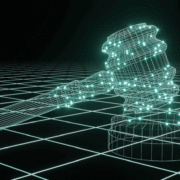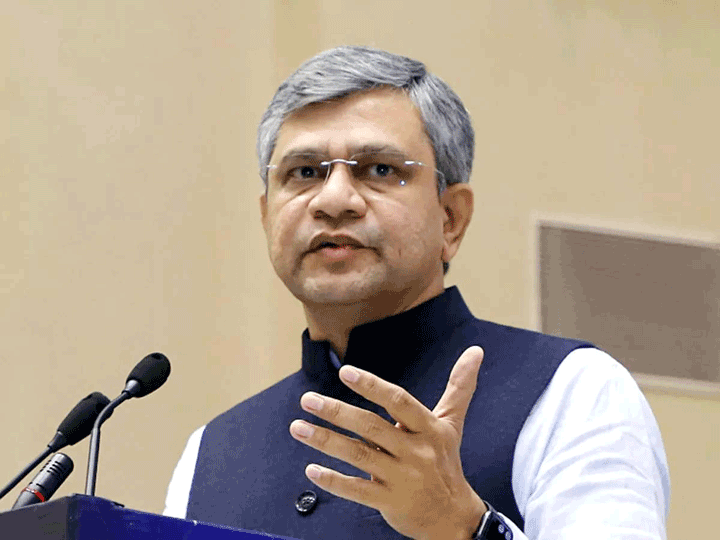A new tool in Google’s Arts & Culture app makes understanding hieroglyphics fun
Ancient Egypt means pyramids, pharaohs and hieroglyphics. The last mentioned holds a special place in many hearts as the thirst for more knowledge about Egypt remains. In the quest to read and decipher the ancient hieroglyphic writing, the Rosetta Stone is invaluable.
The inscription on the Rosetta Stone is a “decree passed by a council of priests” and is an important key to deciphering hieroglyphics. Thomas Young, an English physicist, was the first to show that some of the hieroglyphics on the Rosetta Stone wrote the sounds of a royal name, that of Ptolemy. Next, the French scholar Jean-Francois Champollion realised that hieroglyphics recorded the sound of Egyptian language and “laid the foundation” of our knowledge of ancient Egyptian language and culture.











